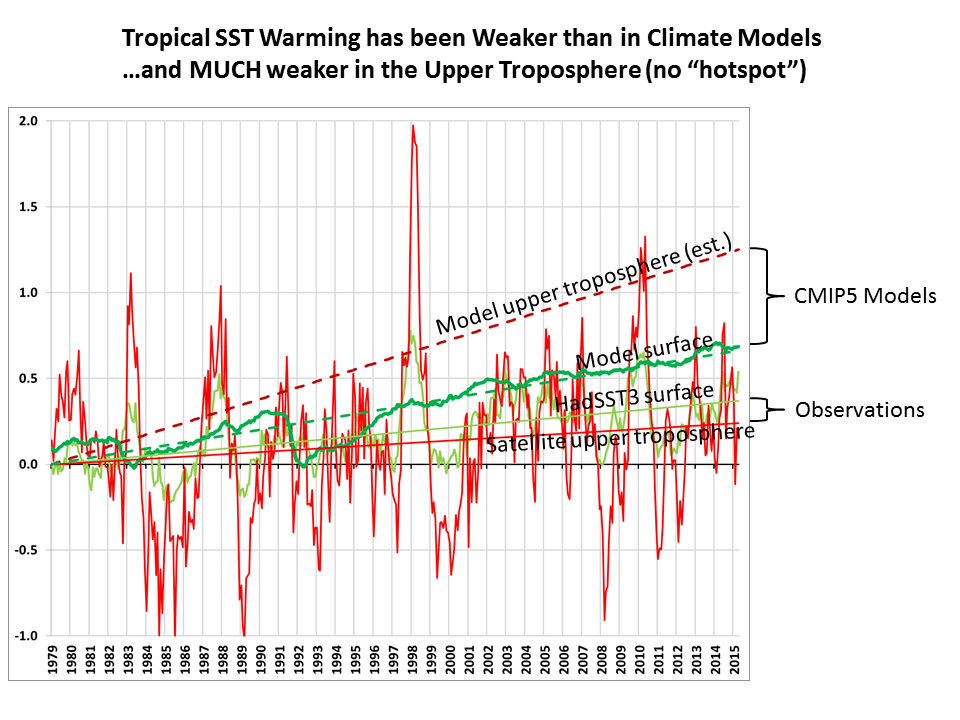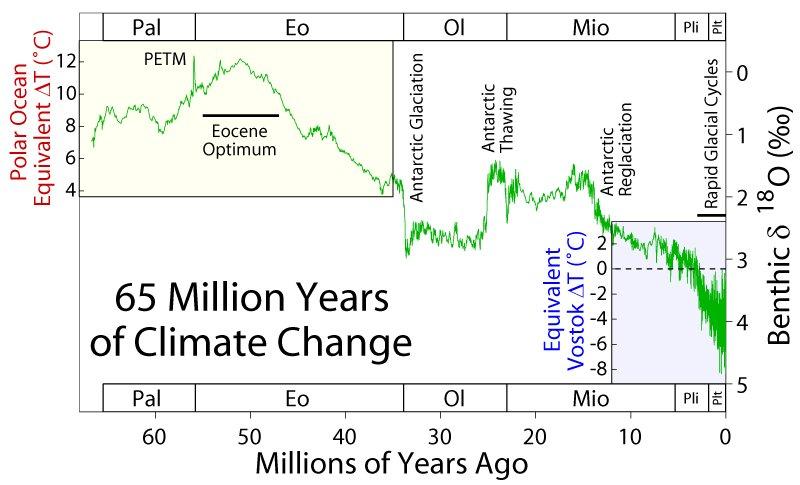I say again
You [SSDD] are the liar.
Thousands of peer reviewed papers, filled with empirical evidence, have been published over the last few decades that nearly universally provide evidence that global warming is real and is being caused primarily by human GHG emissions and deforestation.




